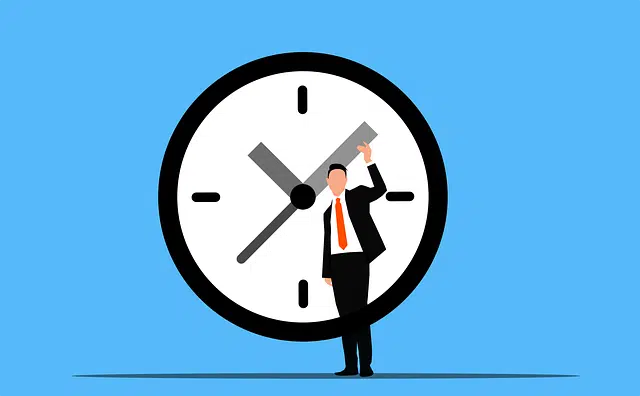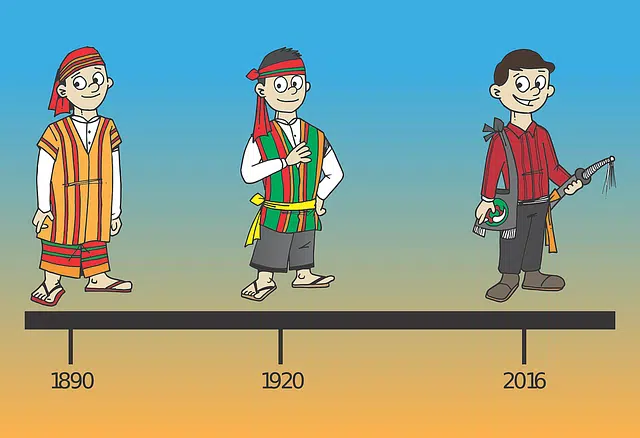
Chronology is associated with the measurement and organization of time.
The first step we are going to take is to establish the etymological origin of the term chronological . In doing so we discover that it emanates from Greek since it is formed from the following parts of that language: the word "chronos", which is synonymous with "time"; the word "logos", which is equivalent to "study"; and the suffix "-ikos", which can be translated as "relative to".
Chronological is that belonging to or relating to chronology (the discipline whose object is the determination of the order and dates of historical events). Chronology is part of the science of history .
Measuring and organizing time
All civilizations have developed methods or systems to measure time . It is known that there is no historical event that has not arisen from others that preceded it and that has not been the origin of others of greater or lesser importance. The chronological order of events is their location on a timeline.
For example: the invention of the wheel , the creation of the bicycle and the manufacture of the first automobile are three historical events. A chronological order would place the invention of the wheel in first place (located at the end of the Neolithic, that is, in 4,000 BC), in second place the creation of the bicycle (approximately the end of the 15th century) and in third place the manufacture of the first automobile (late 19th century). It can be said that the first automobile would never have been manufactured without the invention of the wheel.

A timeline allows you to show the chronological order of facts or events.
How to establish a chronological order
Chronology, in short, is linked to the organization and measurement of time . Seconds, minutes, hours, days, weeks, months, years, decades, centuries and millennia are some of the most common units of time in everyday life.
The chronological order can be established in different ways. When analyzing history, broad measurements such as decades or centuries are often used. If we want to establish a chronological order of the day's activities, it is more useful to use minutes or hours.
A type of resume
Precisely in our daily lives, we frequently use the term that we are now using. Thus, it is common to resort to talking about what is called a chronological resume . We can say that this is the CV that collects a person's information regarding their training and professional experience in order of date, from the most recent to the oldest.
The fact that many people resort to this type of resume is because it allows them to demonstrate to the company where they want to work what the evolution of their professional career has been.
However, this type of document brings with it another important series of advantages when it comes to getting a job. Among them is the one that is easy to read and understand, that makes clear in a very clear way the functions that have been performed at a professional level, that highlights the strengths of the candidate in question, which is a format that the departments really like. of Human Resources and that allows highlighting how the person has been increasing their responsibilities.
